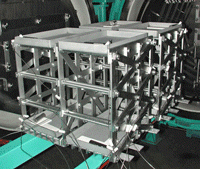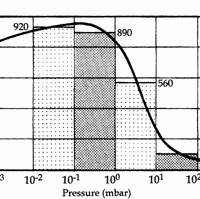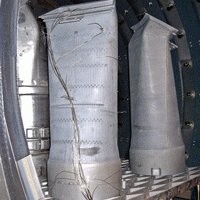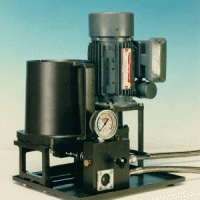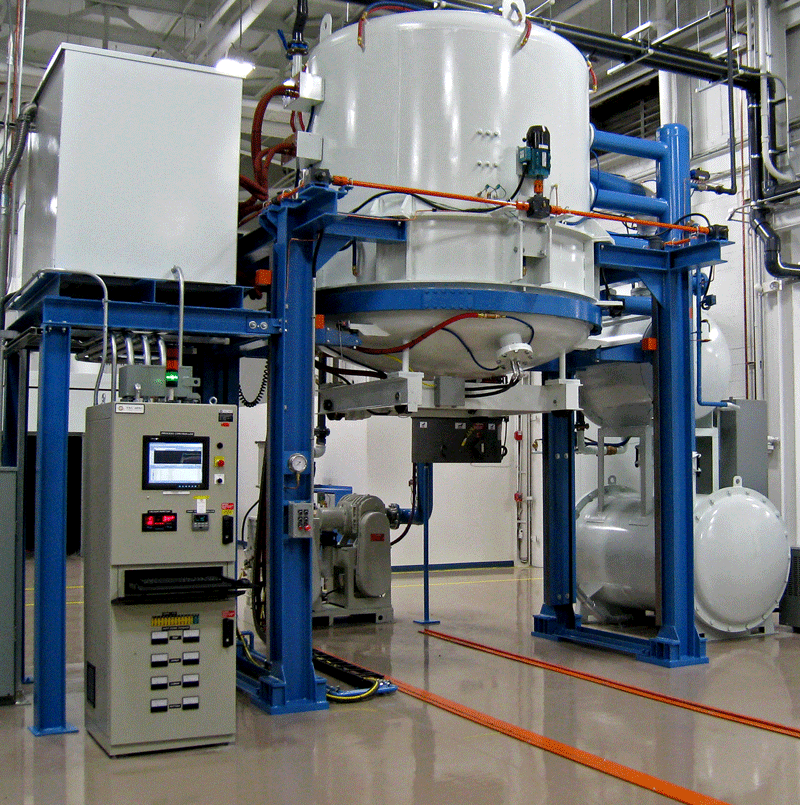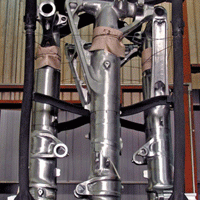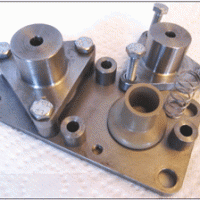All furnace equipment used for heat treating should be properly instrumented and periodically tested for uniformity. The temperature uniformity within the furnace must be regularly surveyed. The frequency of surveying is largely dependent on the type of equipment in use and its previous history in accuracy and reliability. Exact survey frequencies should be determined from applicable processing specifications. However, quarterly temperature uniformity surveys are fairly standard.
The purpose of the uniformity survey is to determine the range of temperatures present at different locations in the furnace under normal operating conditions. A furnace is normally qualified through an initial comprehensive survey. This involves determining temperature variations by surveying at the maximum and minimum operating temperatures and at a series of intermediate temperatures not more than 167ºC (300ºF) apart. After initial qualification, periodic surveys can be taken, usually on a quarterly basis. Unless otherwise specified, periodic surveys can be performed at a single temperature that rotates between the minimum, mid-range and maximum operating temperatures of the furnace. Uniformity surveys are also performed after any major repair to the furnace or when the operating integrity of the equipment may be in question. BY JEFF PRITCHARD

